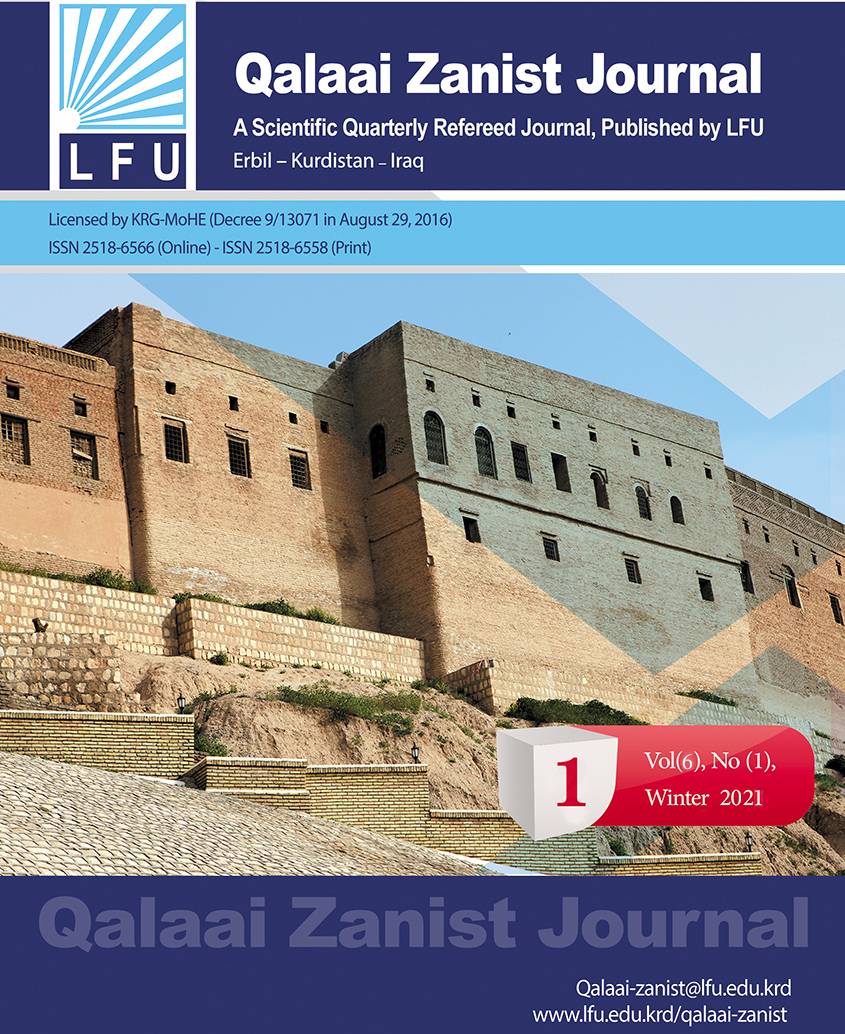The Role of Applying the Balanced Scorecard in Evaluating Strategic Performance An Analytical Study of The Opinions of a Sample of Depeartment Heads in A Number of Private Universities in The City of Erbil/ Kurdistan Region-Iraq
##plugins.themes.bootstrap3.article.main##
Abstract
The current research aims to analyze the role of applying the balanced scorecard opinions of heads of scientific departments in private universities, represented by its perspectives( financial perspective, customer perspective, internal operations perspective, growth and learning perspective, environment and society perspective) in the dimensions of strategic performance, represented by (survival, adaptation, growth), and the research problem was identified by asking questions It focused on the philosophical concepts of the research variables, and on the nature of the relationship and influence between the variables. A hypothetical scheme was designed expressing the main assumptions, and the questionnaire form was used as a means of obtaining data, as it was distributed to heads of departments in private universities in the city of Erbil, consisting of (85) department heads, and the number of valid forms for analysis was (85) forms. In order to verify the validity of the hypotheses, we underwent multiple tests using the statistical program (SPSS. V.23).The research followed a descriptive analytical approach. The research reached several conclusions, the most important of which were revealed by the results of the correlation on the positive moral relationships between the perspectives of balanced scorecard and strategic performance at the macro level. In directing the perpectives of balanced scorecard for the purpose of enhancing the strategic performance. The research suggests the necessity of investing in the strong relationships between the perspectives of balanced scorecard and the dimensions of strategic performance at the macro level, and directing this relationship towards serving the researched universities.
Downloads
##plugins.themes.bootstrap3.article.details##
How to Cite
Copyright (c) 2021 Mahdi Mulla Ali Mustafa ، Ahlam Ibrahem Wali

This work is licensed under a Creative Commons Attribution 4.0 International License.

